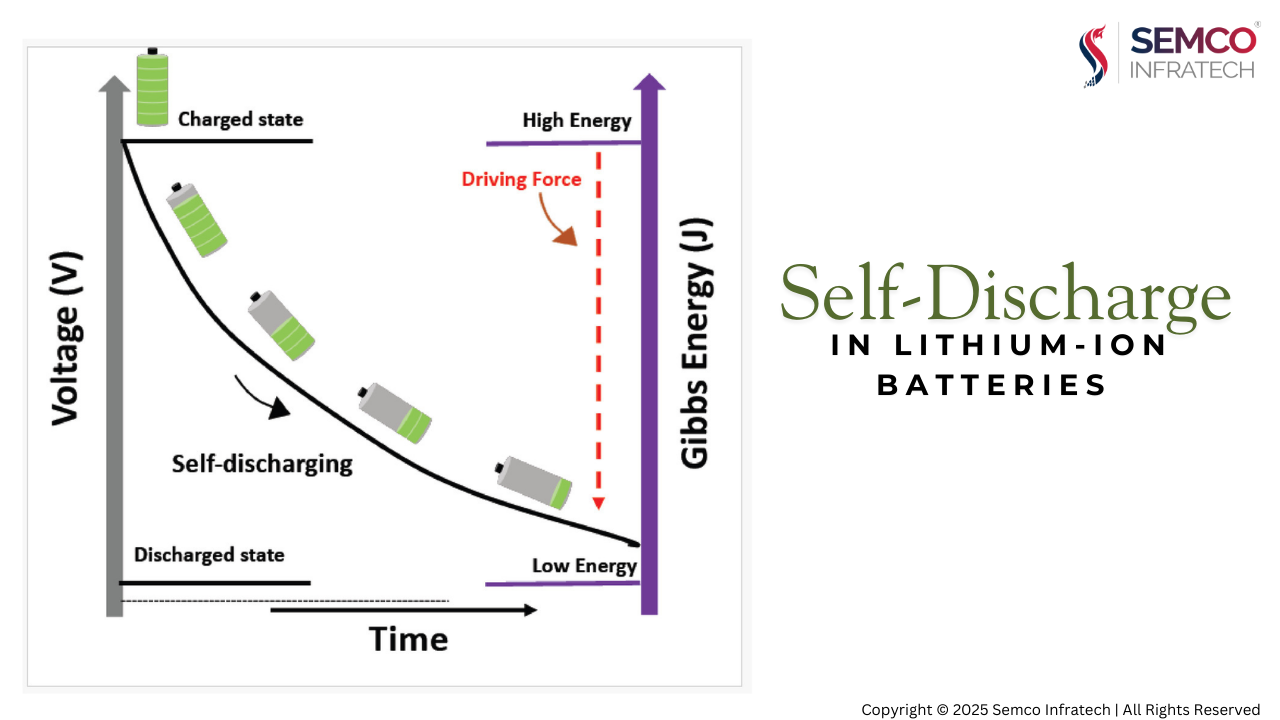As the world pivots towards sustainable energy solutions, energy storage systems (ESS) have emerged as the backbone of renewable energy deployment. Central to the functionality and safety of these systems is the Battery Management System (BMS)—often referred to as the secret weapon for ensuring the success of any battery system. But what exactly is a BMS, and why is it indispensable for energy storage systems?
What Is an Energy Storage BMS?
A Battery Management System (BMS) is an advanced electronic system designed to monitor, manage, and safeguard a battery pack. From individual cells in small-scale batteries to large grid-connected systems, a BMS ensures optimal performance by performing the following critical tasks:
- Monitoring Battery Health: Tracks voltage, temperature, and state of charge (SOC) in real time.
- Ensuring Safety: Prevents overcharging, over-discharging, and overheating, which could lead to thermal runaway or system failure.
- Balancing Cells: Maintains uniform performance across all cells to enhance the lifespan of the battery pack.
- Predicting Maintenance Needs: Identifies potential faults before they escalate, reducing downtime and maintenance costs.
Why Is a BMS the Secret Weapon for a Successful Battery System?
A high-performing BMS is the linchpin of reliability and efficiency in an energy storage system. Here’s why:
- Enhancing Battery Life
Batteries degrade over time due to irregular charging cycles, temperature fluctuations, and inconsistent usage patterns. A BMS optimizes these factors by maintaining equilibrium across the cells, extending the overall lifespan of the battery pack. - Maximizing Performance
The efficiency of an energy storage system directly depends on how well its battery pack operates. By constantly monitoring and regulating energy flow, a BMS ensures that the system delivers peak performance under varying conditions. - Ensuring Safety and Compliance
Safety is paramount in large-scale energy storage applications. A robust BMS detects potential risks such as short circuits or thermal runaway, enabling prompt intervention. Moreover, it helps systems comply with industry standards and certifications. - Cost-Effectiveness
Investing in a BMS may seem like an upfront cost, but it saves money in the long run. By improving energy efficiency and reducing maintenance needs, it delivers a high return on investment (ROI).
Applications of Energy Storage BMS
The versatility of BMS technology makes it indispensable across multiple sectors:
- Renewable Energy Integration: Balances the supply-demand dynamics of solar and wind power systems.
- Electric Vehicles (EVs): Safeguards the EV battery pack, ensuring safety, range, and durability.
- Grid-Level Storage: Maintains the stability of power grids by managing large-scale battery packs.
- Residential and Commercial Storage: Supports energy independence for homeowners and businesses using on-site battery systems.
Features to Look for in an Advanced Energy Storage BMS
When selecting a BMS for your energy storage system, prioritize the following features:
- Scalability: Suitable for systems ranging from small residential setups to large utility-scale installations.
- Advanced Communication Protocols: Integrates seamlessly with inverters, controllers, and other ESS components.
- Real-Time Data Analytics: Offers actionable insights through smart monitoring tools.
- Customizability: Adapts to specific system requirements for enhanced functionality.
Future of Energy Storage with Advanced BMS
The evolution of energy storage systems relies heavily on advancements in BMS technology. Emerging innovations, such as AI-powered predictive maintenance and IoT-enabled remote monitoring, are set to redefine how we manage battery systems. As these systems become smarter and more adaptive, they will play a pivotal role in supporting the global energy transition.
Conclusion
The Battery Management System (BMS) is undeniably the secret weapon behind the success of modern energy storage systems. By ensuring safety, optimizing performance, and extending the lifespan of batteries, a BMS transforms energy storage into a reliable and efficient solution for the renewable energy era. Whether you’re designing an ESS for residential use or a large-scale grid application, investing in a robust energy storage BMS is the key to unlocking the full potential of your battery system.





